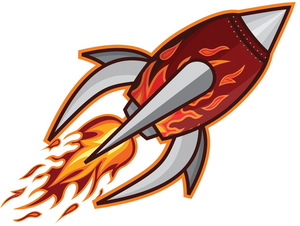Flying High
The Hover board is an intriguing piece of hardware that will make interacting with your Raspberry Pi much more interesting.

Lead Image © Brankica Vlaskovic, 123RF.com
The Hover board is an intriguing piece of hardware that will make interacting with your Raspberry Pi much more interesting.
This little square of awesome only measures about 6 square centimeters (just over 2 square inches), but it has great potential for exciting and fun projects. The Hover board [1] has five sensitive tap areas: center (in Figure 1, the central, gridded area), north (the narrow band at the top of the board), south (the band at the bottom), east (the band on the right), and west (the band on the left). It can also detect double taps (similar to double clicks on a mouse button) and simultaneous taps on multiple areas. You could, for example, tap on north and east at the same time, and the Hover would pick it up just fine.
What makes the Hover really exciting is that it can also detect movements you make above it, without touching it. It can detect four kinds of "hovering" swipes (or gestures in Hover parlance): up, down, left, and right. To execute an up swipe, for example, you'd wave your hand over it from bottom to top, for a down swipe from top to bottom, and so on.
This all works because the board sends a stream of 8 bits over its SDA/SCL pins when an event is detected. The first 3 bits indicate the type of event – a tap or a swipe. The other 5 bits are directional, indicating where the tap was detected or the direction of the swipe. You can see how this works in Figure 2.
[...]
Pages: 8
Price $15.99
(incl. VAT)